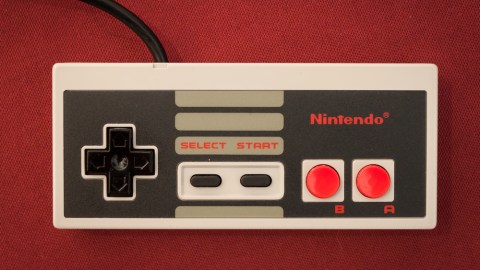Why Blowing into Nintendo Cartridges Was a Bad Idea

What’s the Latest?
During the late 1980’s and early 1990’s, millions of 12-year-olds across the globe all somehow got the same bright idea while troubleshooting their Nintendo game systems. Just blow into the cartridge! Legions of kids did just that, concentrating gusts of breath into the exposed undersides of Super Mario Brothers 3, Chrono Trigger, and The Legend of Zelda. And for all we knew (I admit I was an ardent cartridge-blower), it totally worked. The toxic stuffs inhibiting our mindless fun would be expelled. We’d pop in the cartridge in, switch on the console, and marvel at the dust-free magic of 8-bit, 16-bit, and 64-bit paradise.
What’s the Big Idea?
As you may have already seen via the above link, Chris Higgins of Mental Floss authored a fairly comprehensive history and analysis of cartridge-blowing back in 2012. He posited that the practice wasn’t nearly as effective as our 12-year-old selves thought, that the supposed results were more accurately ascribed to chance and confirmation bias. Long story short: he was right. Blowing into the games’ undersides likely did more harm than good because of the corrosive elements found in human breath. “Dust” was rarely, if ever, a factor in NES consoles not reading cartridges — rather it was a matter of the 72 pin connectors in the system not matching up with their partners in the cartridge. Taking the cartridge out and putting it back in gave gamers another random chance to get all the pins to connect — regardless of if blowing had taken place. Read Higgins’ fascinating article to learn more about Zero Insertion Force, pin connectors, and the science behind cartridge-blowing (which I think needs a better moniker).
Keep reading at Mental Floss
Photo credit: Stefano Tinti / Shutterstock.com




